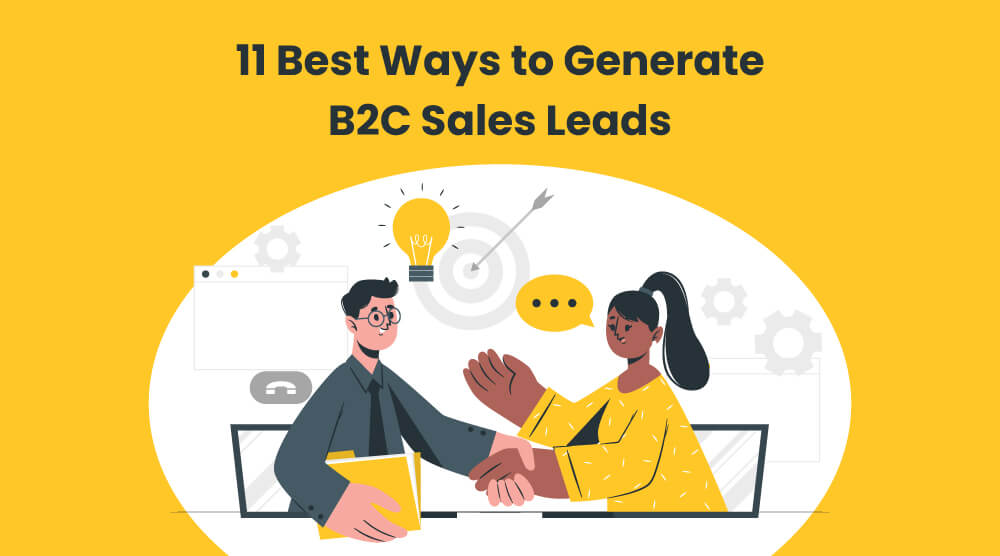Before getting into the nitty-gritty of campaign management in marketing, let’s understand how a campaign can make or break a brand!
Back in the late 1980s, sales at Nike went down, and Reebok managed to dethrone it .
Nike’s earnings declined 29% in 1984, and headlines such as “A onetime highflier, Nike struggles to hit its stride again” stormed the media. The company who once had 50% of the US market share in the early 80s, had to lay off nearly 20% of its workforce to compensate for the losses. Its marketing team was under immense pressure to win back its customers.
Then, Dan Wieden (also the founder of ad agency Wieden and Kennedy) introduced the tag line “Just Do It,” inspired by double-murderer Gary Gilmore’s last words – “Let’s Do It.” Little he knew that it would make Nike one of the most recognized athletic wear brands. The tag line itself became synonymous with the brand.
This marketing campaign increased Nike’s market share from 18% to 43%, that is, from 887 million USD to 9.2 billion USD in 1988. The company has been on a growth trajectory ever since, and the campaign itself has become immortal.

Lesson learnt – successful marketing campaigns can completely change the course of a brand and its identity.
But, for running a successful marketing campaign, a campaign management system is essential.
Let us dive deeper into the aspects of campaign management.
Table of contents
What is a marketing campaign?
A marketing campaign is essentially a concentrated marketing effort across several different channels. It consists of a single and consistent message that the brand communicates across multiple channels to achieve a specific marketing goal.
A successful marketing campaign can be beneficial for a long time. However, at current times, there are a lot of variables that brands need to consider. Now, this is where marketers need to understand the necessity of effective campaign management. It includes the process of tracking, analyzing, and optimizing marketing campaigns.
How does a campaign differ from regular marketing activities?
A marketing campaign is different from regular marketing activities. Often, they can run side by side. For example, advertising new deals in the newspaper is the usual marketing activity. The marketing manager looks after these. Regular marketing activities are short term. On the other hand, the marketing campaign sets the brand’s vision and direction. The campaign manager takes care of that. A marketing campaign can either be short term or decades-long. Eventually, your campaign can become integral to the identity of the brand you are representing.
No matter what the scope of the marketing campaign is, all of them have a set of common targets. These include the following.
- Understanding the goals of the business
- Developing a strategy in line with business goals
- Creating marketing content for different channels
- Content distribution and tracking their performance
- Analyzing the results of the campaign and making necessary changes.
As the marketing campaign evolves, it may change. The stakeholders and the target audience can also change over time. Hence, this needs extensive investment in management. A comprehensive multi-channel campaign is not possible without a marketing campaign manager. Furthermore, you will need to equip your teams with the necessary marketing campaign management tools.

Understanding the campaign management process
At its core, campaign management has three components: a goal, a strategy to reach that goal, and marketing content. The content is also known as collateral. You distribute the collateral and analyze the feedback. Based on this feedback, you make changes to the collateral and the strategy. The following are the said things explained.
The goals and purpose of the campaign
For a marketing campaign, a “goal” and a “purpose” are two different terms. Goals are specific objectives that the brand wants to attain. They are measurable and should have a fixed time frame associated with them. For example, a “goal” should be something like increasing the market share by 2% over the next year. It should be very specific, relevant to the organization, and something doable. Something like “slow and steady growth” is not a goal as it has a lot of ambiguities. One should be very specific when it comes to defining goals.
A purpose, on the other hand, is the broader vision. It helps to put things in context. For instance, the “purpose” could be to make the brand more appealing to the younger audience. Understanding the goals and purpose is the key to making a marketing campaign successful.
Developing metrics and a strategy
Now, to measure how successful a campaign is, you will also need a metric. For example, in a PPC campaign, the number of leads generated is an example of a metric. You can define a goal in terms of leads generated per month.
A campaign may involve multiple platforms and channels. For instance, you may want to promote your Christmas holiday tour package campaign on social media, send direct emails to your list of prospects and existing customers, or through PPC ads. Every channel will have its metric that will define the effectiveness of our campaign.

Also read the campaign analysis metrics for a better understanding of the subject.
The next part is developing a strategy to achieve the goals. Defining a campaign strategy is something that campaign managers need to do directly. The job has strategists and creatives who usually handle these. However, a crucial part of this planning is the audience. Understanding the audience and what they want can even help a poorly managed campaign succeed.
The following are the essential elements of the audience persona:
- The demographics and psychographics of the audience
- Whether the audience is passive or participatory
- The tastes and consumption patterns of the audience
Understanding the customer persona requires extensive data collection on the target audience. The data is something brands should research themselves. For larger brands, acquiring this data is much simpler. Data sources like Facebook Insights often help. Brands can also conduct customer surveys to get to know their audience.
Creating marketing collateral
Content marketing is one of the most impactful commercial activities. 20% of business marketers voted for content marketing over other programs, such as big data and machine learning.
Marketing collateral or the content depends on the resources and the channels available to the brand. These channels can be blog posts, banner ads, ads on social media, YouTube videos, Facebook, and Instagram posts. The content will also depend on what you can create, your audience, and your budget.
The collateral is not a single piece of brochure or flyer. For a campaign, everything will require a design. These include the website and landing pages, marketing emails, and also several forms of content pages. Through proper campaign management in marketing, brands can maximize the effect of the content.
Why use automation for campaign management in marketing?
For a cost-effective and successful marketing campaign, one needs proper tools. Marketing campaign management can be a tedious task. A great way to reduce the effort in campaign management is to use at least some form of automation. Campaign management software provides this. Here are some of the key benefits of using software to automate campaign management in marketing.
Automated customer segmentation
One of the most basic requirements of every marketing campaign is understanding your customer. Without the right information, you may end up targeting the incorrect audience – making the campaign ineffective. So, you will have to incorporate proper customer segmentation that will allow you to target the right audience. For example, if you market a product for upper-income consumers to collegegoers, it performs poorly. Furthermore, multiple other variables determine the customer segment. The variables include demographics, spending habits, and so on.
Using software allows you to streamline this process. For starters, features such as lead scoring will help you understand the probability of your lead conversion. This feature will help you to understand how consumers are responding to your campaign. Also, it allows you to track consumer interest in your product. Moreover, you will also be prepared to answer any anticipated product related queries. Another usefulness of consumer segmentation is that it will allow you to tune your offerings to the needs of the customer. The better you understand the customer, the more impactful your campaigns will be.
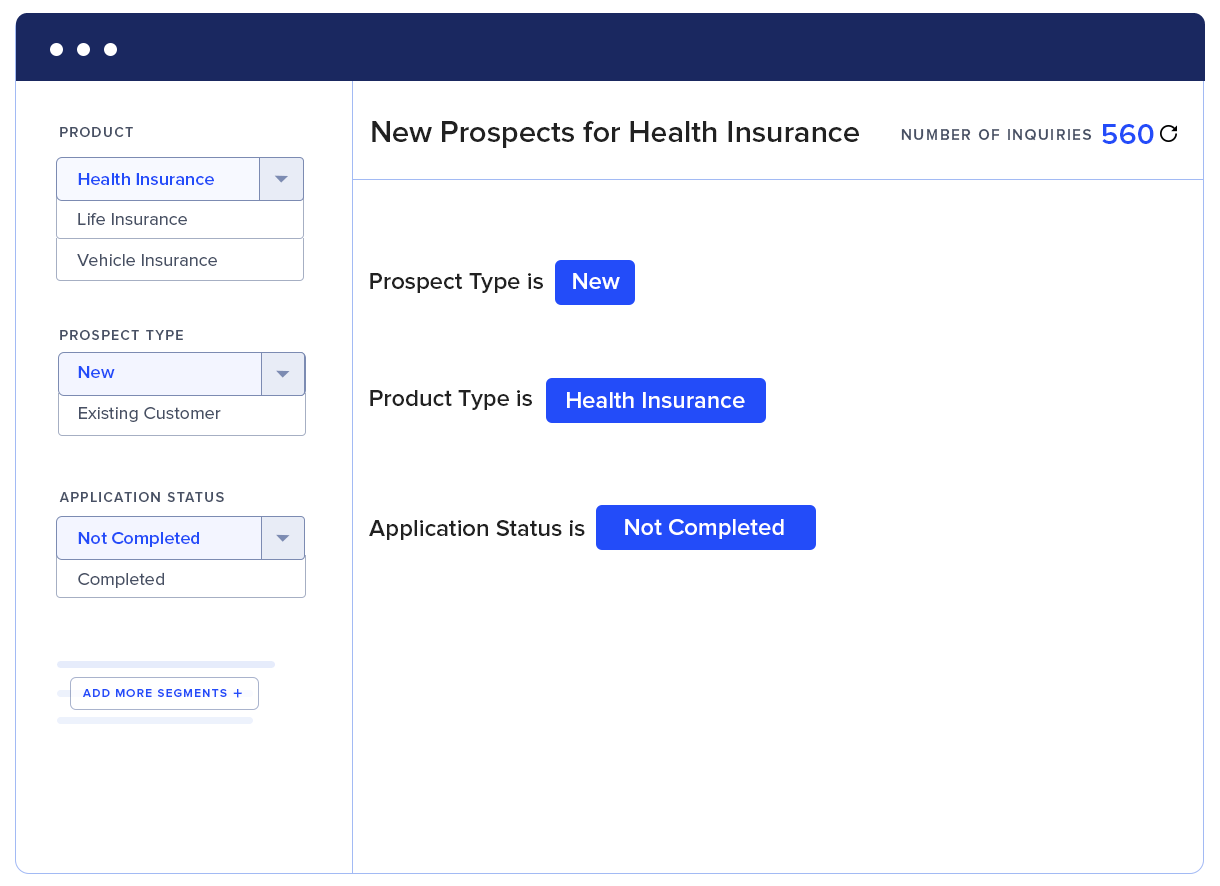
Content development
Content development is time-consuming and can easily cross the allocated budget. Developing content not only educates the consumers about the products but also provides them with the incentive to purchase. Moreover, marketers need to consider several variables for digital content management, such as managing a team of copywriters, video production, designers, ads managers, SEO, and website technicalities, to name some.
The content should be easily discoverable by search engines. They should reach the target audience and should also be easy for them to read. Today, most brands do content creation for inbound marketing. The sole purpose of the content is to draw the audience to a website, blog post, or an online destination. This online destination can be a digital storefront too. Using dedicated software for campaign management for marketing automates the process. It centralizes and consolidates content management. For instance, one can use the software to automate the scheduling of content on different channels from a single dashboard.
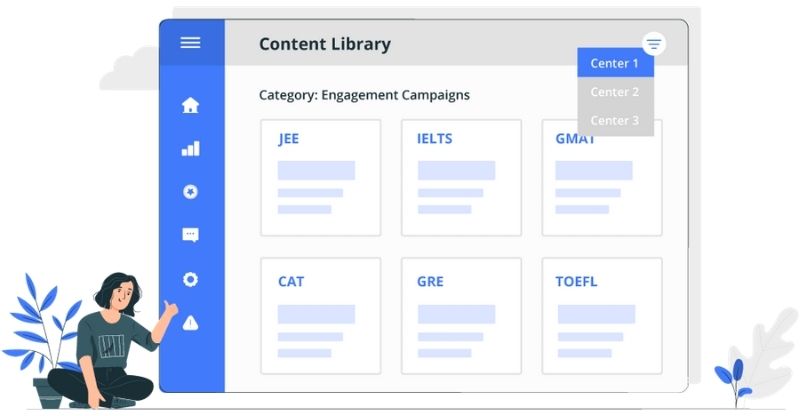
Email automation
Businesses often circulate marketing campaigns using emails. One of the noticeable advantages of using automated marketing campaign software is automated emails. Automated emails can be of two types. The first type of email is triggered based on the behavior of the customer. The customer will receive an email if they subscribe to a newsletter or opt-in to receive campaigns. The second type is the follow-up emails that the customer will receive throughout the campaign lifecycle. They can also receive customized emails, which can include birthday offers, holiday greetings, and more.
As a user of email marketing automation suite, Robert Evans, Marketing Manager, VIKTRE Career LLC says, “We have a 10% reduction in bounce rate for emails now and our drip campaigns have resulted in 50% quicker movement of sales prospects through the funnel.”
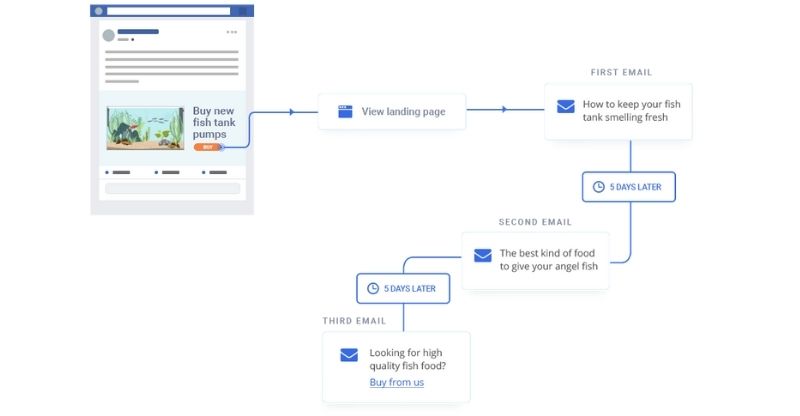
Omnichannel marketing communications
Consumers today are not restricted to just brick and mortar stores when it comes to purchasing. They can now make purchases online, via social media or instant messaging apps. They can also use any device of their choice, a desktop, a smartphone, or even smart assistants. Every channel has its advantages. But you cannot ace all the channels through manual and traditional ways.
Using marketing campaign software, you can communicate to consumers both in-store and online seamlessly. It offers a unified brand experience for the customer. The customer can freely choose what channel they want to interact with your company. Omnichannel communication capabilities remove the disconnect between online and offline purchasing. For the brand, this means leveraging each channel to maximize conversion.
Learn the know-how of integrated marketing communications from the marketing gurus.
Marketing campaign analytics
Statistics is crucial when it comes to campaign management in marketing. Marketing campaign software can help you understand how well your campaign is going. This information is necessary to know how well the strategies are working. They can also help optimize your plan and collateral. Lead generation and sales data may provide insightful real-time visualization.
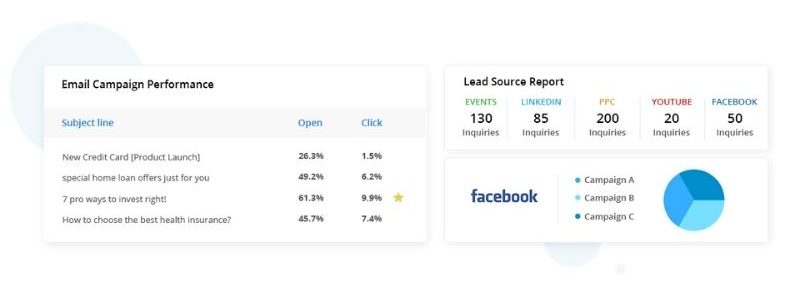
The bottom line
Marketing campaigns can be difficult, messy, and time-consuming. However, if done right, they can completely change the course of a brand. For effective campaign management in marketing, dedicated software tools are available. These not only make the campaigning easier but also helps understand the effectiveness of the drive.
If you’re looking for a marketing automation solution for effective campaign management, then you have landed on the right page. Check out LeadSquared Marketing Automation Software, trusted by 2000+ businesses across the globe.
Campaign management FAQs
CRM (Customer Relationship Management) software allows you to automate sales and omnichannel marketing campaigns, capture leads, and analyze the success/failure of your campaigns. With CRM, you can create, execute, and manage sales and marketing campaigns across several channels.
With effective campaign management, you can plan, execute, and manage campaigns in just a few hours, which could otherwise take weeks. The remarkable benefits of campaign management are an increase in the number of quality leads, ease of launch, schedule, coordinate with teams, and monitor each campaign efficiently.
A campaign management system is an application used by marketers to design, execute, and manage marketing campaigns across multiple channels. It can be a standalone application or a part of the CRM system.
Further reading:







